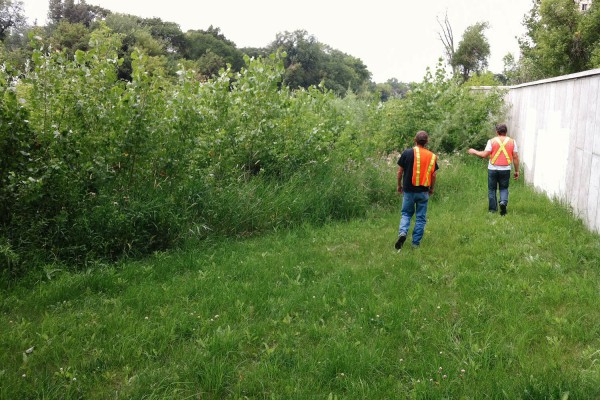Riparian zones are the boundaries between the aquatic and terrestrial areas of a landscape. If fish habitat is disturbed or disrupted during construction or other activities, federal regulations may stipulate remediation and restoration of an affected riparian area.
There are many environmental and economic benefits in maintaining healthy riparian zones.
- Shoreline and riparian vegetation provide stability and protection against erosion to riverbanks and shorelines.
- Riparian vegetation traps sediment and nutrients from surface run-off, improving water quality for downstream rivers and lakes.
- Riparian and aquatic plant communities can mitigate the magnitude of flood events.
- The underwater structure created by riparian plants supports aquatic invertebrate communities that, in turn, provide an important food source for fish.
- Riparian plant communities help regulate water temperature. This is important in nutrient cycling and critical to the productivity of certain species of freshwater fish.









